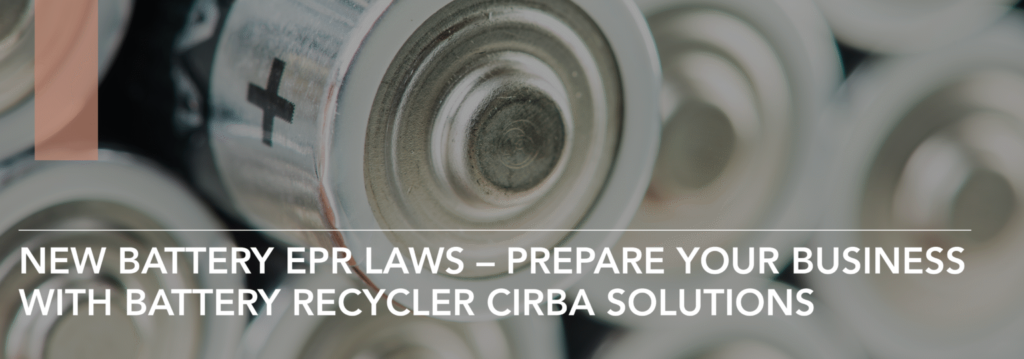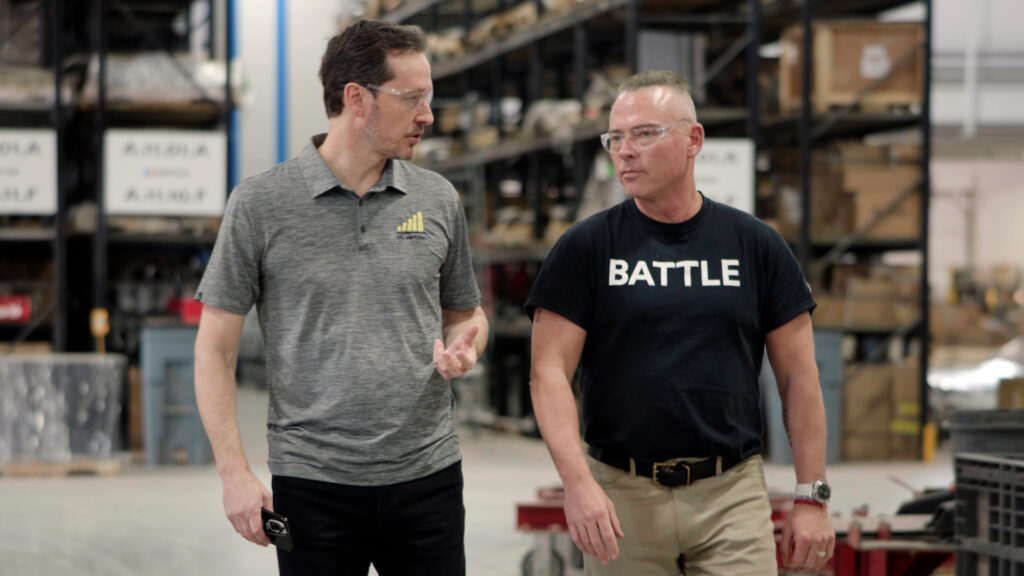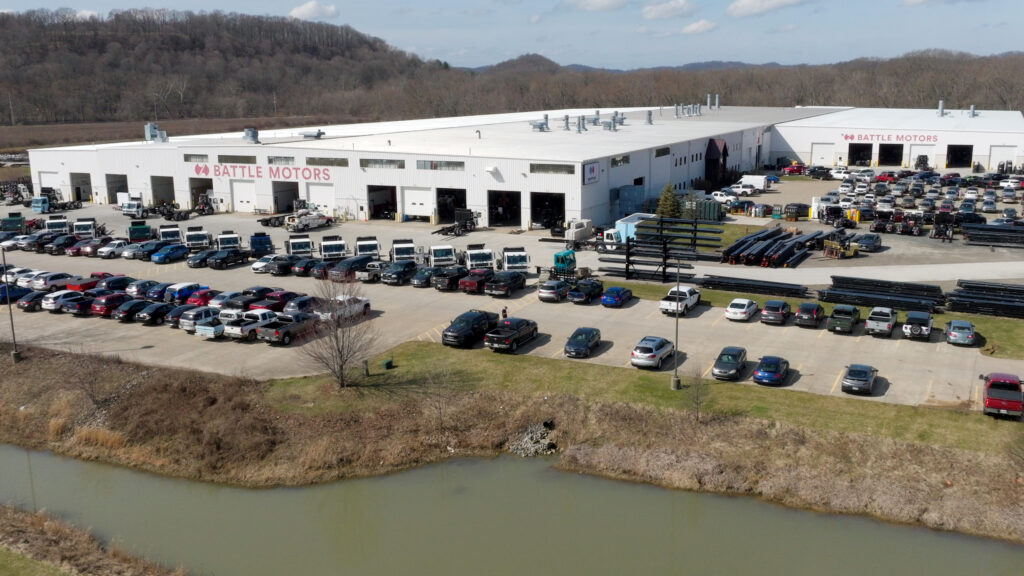
Battery Extended Producer Responsibility laws have passed in nine states, while others have active legislation
Charlotte, N.C. (Aug. 6, 2025) – As new Extended Producer Responsibility (EPR) laws for batteries sweep across the United States, companies throughout the battery supply chain are facing complex challenges in navigating compliance requirements, reporting obligations and sustainable end-of-life (EOL) battery management. Cirba Solutions, the premier battery recycling materials and management provider with over 30 years of industry leadership, is uniquely positioned to guide companies through this new and dynamic regulatory landscape, providing robust, sustainable solutions.
Batteries are found almost everywhere – in data storage systems, electronics, vehicles, e-mobility, power tools, toys, etc. Battery EPR regulations vary by state and format, covering small, medium or large formats, and in some instances by specific chemistries. In certain cases, the regulations provide exceptions to certain types of usage formats, such as embedded batteries or those used for non-consumer medical devices. Cirba Solutions is setting the industry standard by offering a comprehensive end-to-end approach for customers that combines advanced reporting capabilities, nationwide logistical support, compliance and battery processing, while managing all battery chemistries for the company’s customers. The battery recycling expert is equipped to support its partners through:
- Tracking and Reporting Capabilities: Cirba Solutions provides tracking and reporting capabilities necessary for its customers to comply with each individual state’s regulatory reporting requirements. From annual volumes to battery chemistries, Cirba Solutions is available to assist with expert tracking and reporting capabilities.
- End-of-life Program Support: Cirba Solutions’ end-to-end services, from leading in-house battery-centric reverse logistics capabilities to advanced processing technologies and material recovery, ensure coast-to-coast coverage to efficiently and effectively execute battery end-of-life programs.
- Experience: As the most comprehensive and experienced battery recycler in North America (with six operational facilities), the company has supported stewardship plans for decades. With functionality including reporting, Cirba Solutions’ suite of capabilities allows companies to seamlessly execute EOL battery management plans.
“EPR legislation is reshaping how producers manage their battery obligations,” said Jay Wago, Chief Commercial Officer at Cirba Solutions. “With decades of experience, a strong nationwide infrastructure and our unmatched ability to handle all battery types, Cirba Solutions offers producers a turnkey pathway to meet compliance efficiently, accurately and sustainably.” In the past five years, nine states and districts (California, Colorado, Connecticut, Illinois, Nebraska,
New Jersey, Vermont, Washington and the District of Columbia) have passed battery EPR laws, and several others have active legislation.
Cirba Solutions will partner with companies to help navigate through the complex requirements, varying by state, giving organizations peace of mind when it comes to regulatory compliance and safe handling and disposal of batteries.


